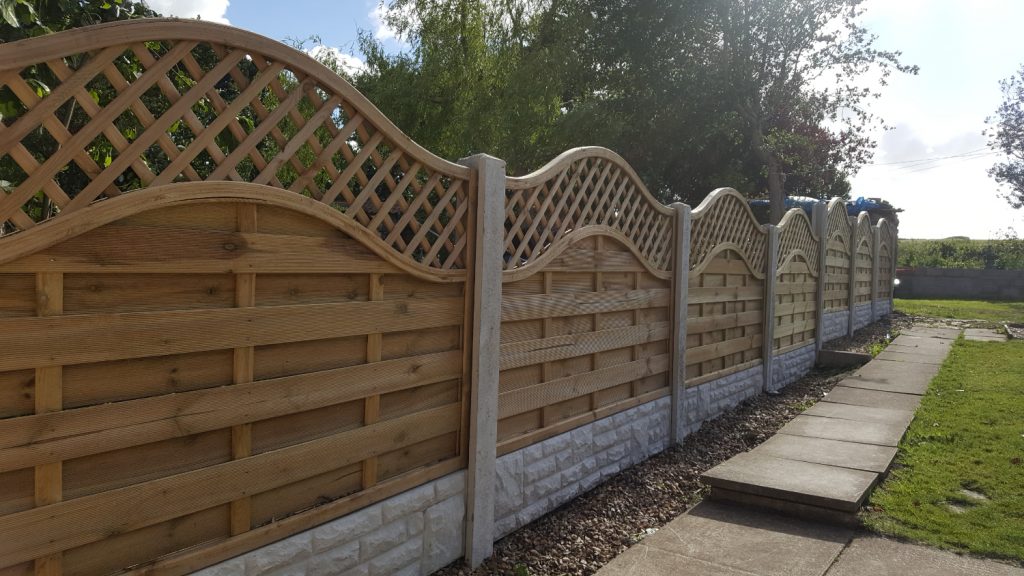Essential Guide to Fence Repairs: Restoring Functionality and Aesthetics
A fence serves as an integral part of our property, providing security, privacy, and enhancing the overall appeal of our homes. However, over time, fences can become damaged due to various factors such as weather conditions, age, or accidental impacts. When your fence starts to show signs of wear and tear, it’s essential to address the issues promptly and restore its functionality and aesthetics. In this blog, we will delve into the world of fence repairs, exploring common problems, practical solutions, and useful tips to help you revive your fence to its former glory.

1. Assessing Fence Damage:
The first step in any fence repair project is to assess the extent of the damage. Inspect the entire fence, checking for loose boards, broken panels, damaged posts, rusty hardware, or sagging sections. Identify the root cause of the damage, be it rot, insect infestation, weathering, or accidental impact, as this will guide your repair approach.
2. Repairing Loose or Damaged Boards:
Loose or damaged boards are a common fence issue. Start by removing any nails or screws holding the damaged board in place. If the board is salvageable, apply wood glue to reattach it securely. Alternatively, if the board is beyond repair, replace it with a new one, ensuring it matches the style and dimensions of the existing boards.
3. Fixing Broken or Rotted Posts:
Sturdy fence posts are crucial for overall fence stability. If you notice a broken or rotted post, it’s essential to replace it promptly. Dig around the post to expose the base and remove any debris or decayed wood. Install a new post by setting it in concrete or using a suitable anchoring system. Ensure the new post is properly aligned and level with the rest of the fence.
4. Reinforcing Weak Sections:
Sagging or weak sections of a fence can compromise its integrity. Reinforce these areas by installing additional support, such as braces or tension wires. These reinforcements help redistribute the weight and provide added stability to the fence. Remember to adjust tension wires periodically to maintain optimal support.
5. Treating and Preventing Rot:
Wooden fences are particularly susceptible to rot caused by prolonged exposure to moisture. To treat existing rot, scrape off the affected areas, and apply a wood preservative or fungicide. Prevent future rot by sealing or staining the wood regularly, as this provides a protective barrier against moisture and UV rays.
6. Dealing with Rusty Hardware:
Metal fences or fences with metal components may develop rust over time. Remove rusty hardware using a wire brush or sandpaper. Once clean, treat the metal with a rust converter or primer, and finish with a suitable paint or rust-resistant coating. Regularly inspect and maintain metal components to prevent further rust formation.
7. Enhancing Aesthetics:
Fence repairs also present an opportunity to enhance the visual appeal of your property. Consider repainting or staining the fence to give it a fresh look. Choose colors that complement your home’s exterior and ensure the paint or stain used is suitable for outdoor applications. Additionally, trim overgrown vegetation near the fence and consider adding decorative elements such as climbing plants or trellises to create a charming ambiance.
Conclusion:
Maintaining a sturdy and visually appealing fence requires regular inspections and timely repairs. By addressing issues promptly, you can extend the lifespan of your fence, improve security, privacy, and enhance the overall aesthetic value of your property. Whether it’s fixing loose boards, replacing damaged posts, or treating rot and rust, the key to successful fence repairs lies in proper assessment, careful execution, and proactive maintenance. With the tips and techniques outlined in this guide, you’ll be well-equipped to undertake fence repairs
